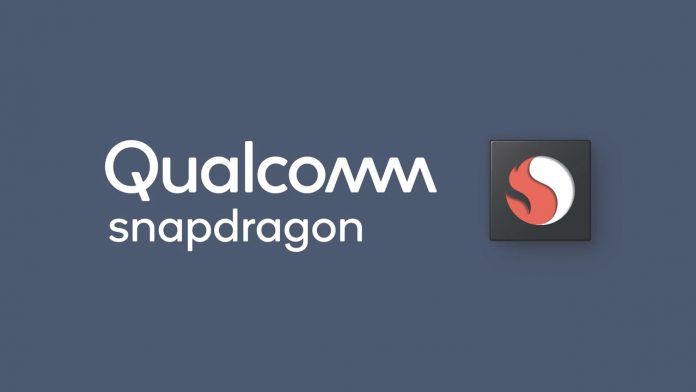For example, the Snapdragon X60 comes with a new tools called mmWave-sub6 aggregation which allows maximum throughput of 5.5Gbps. This is an important update because mmWave is fundamental to how 5G performs. These are high-frequency bands that carry 5G because they provide optimum speed. However, they can be hampered by even tiny obstructions like a drop of water. Then there is sub6, the other important side of the 5G equation. These are the lower frequency bands that are able to clear major obstruction such as buildings. The trade-off of sub6 is that the bands are not as fast.
Aggregating both these bands together could allow the positive aspects of both to work. Indeed, it’s part of 5G development that most companies in the sector are focused on. If aggregation works, it would allow the speed of mmWave to be paired seamlessly with the durability of sub6. For the Snapdragon X60, Qualcomm is aggregating mmWave and sub6. Indeed, the company says it has doubled the sub6 speeds available from the Snapdragon X55. Qualcomm has also integrated a smaller QTM535 mmWave antenna module. Elsewhere, the X60 is built on a 5nm process compared to the 7nm of the X55.
Availability
One question remaining is when the Snapdragon X60 will arrive in smartphones. It is worth noting Qualcomm’s 5G chips sit alongside the usual CPU to provide 5G connectivity. For example, Apple is probably going to use the X55 on its upcoming 2020 iPhone flagship to bring 5G to the device. The 5G CPU will sit alongside Cupertino’s regular A-series processors. That probably means we won’t see the Snapdragon X60 implemented in devices until 2021.




